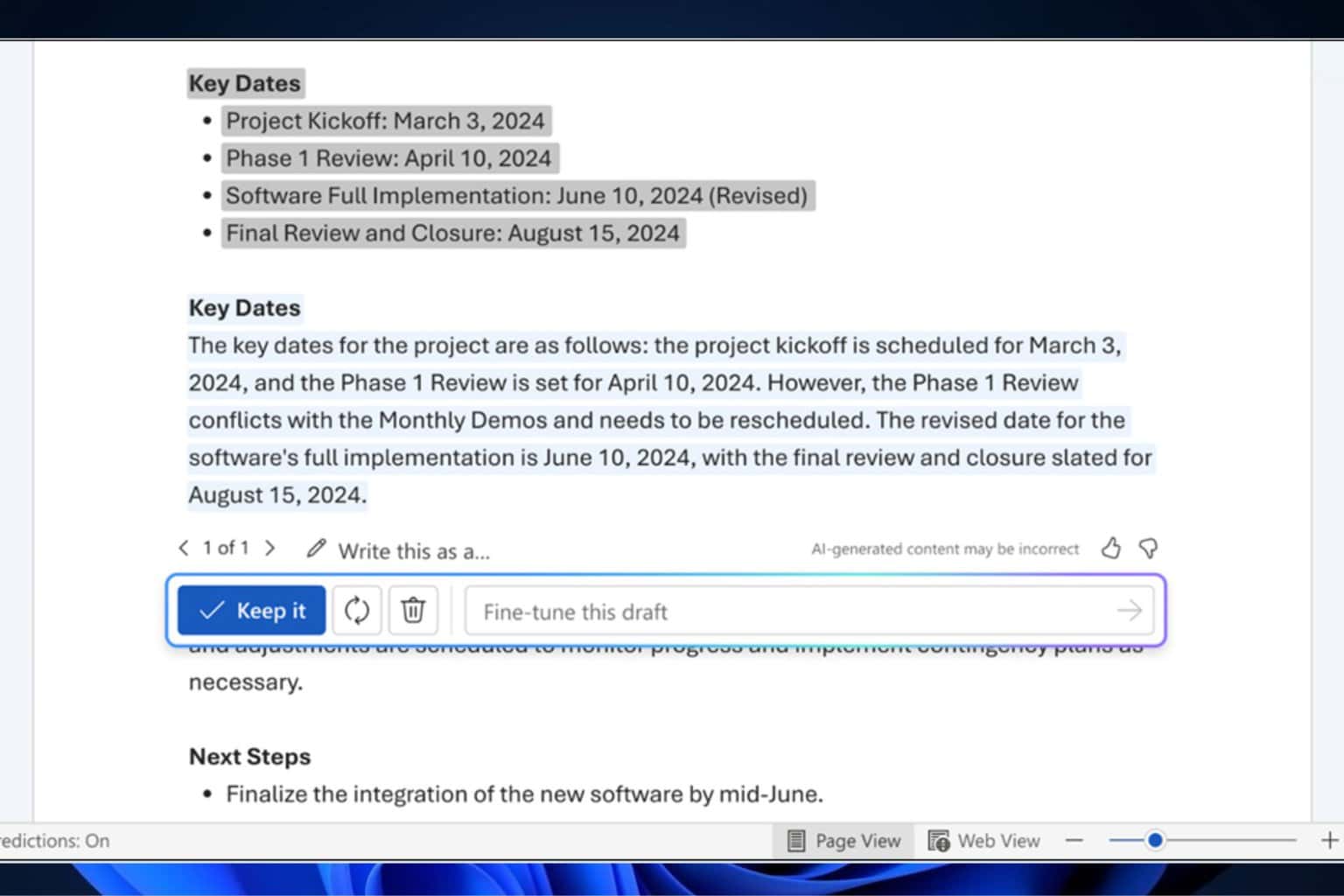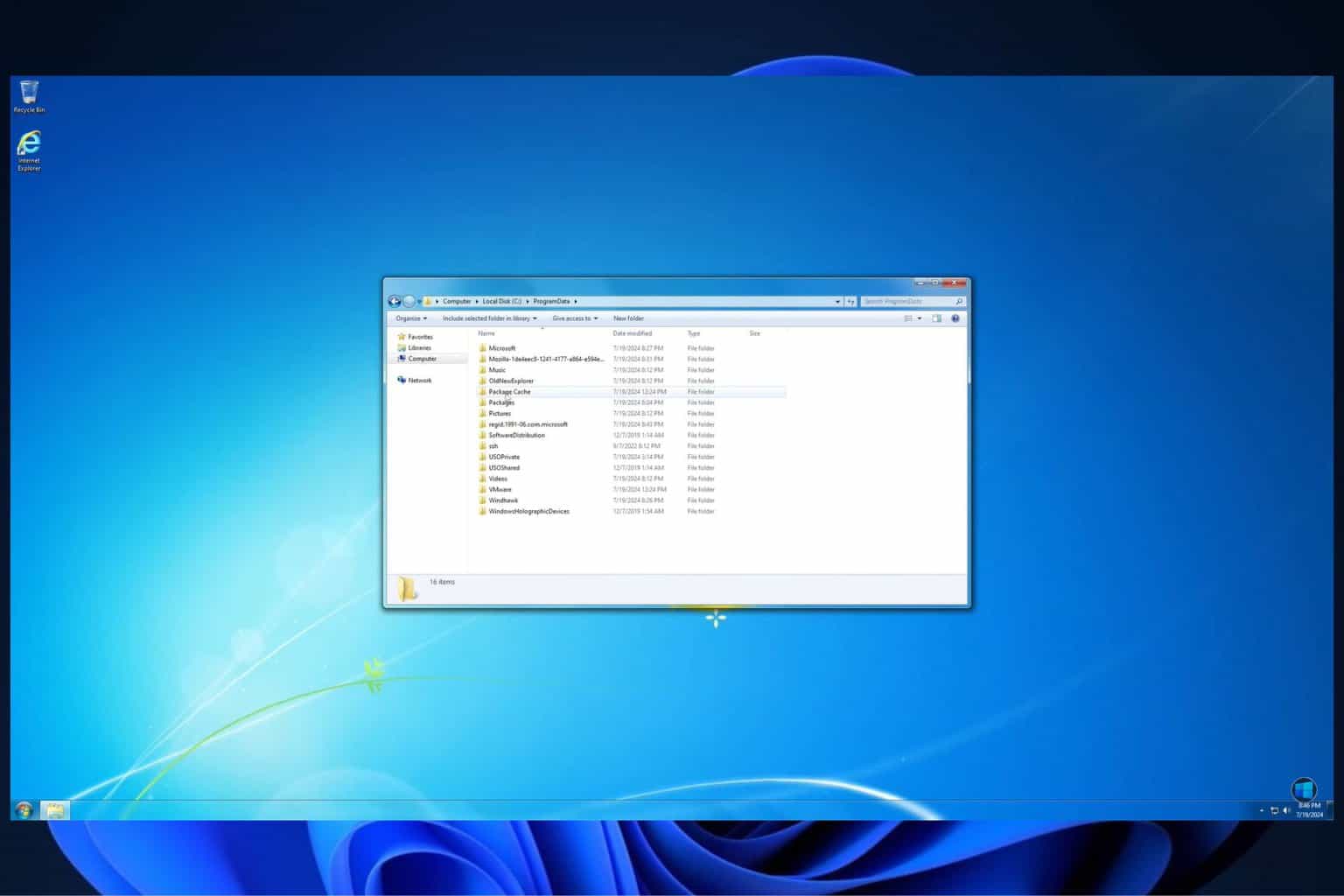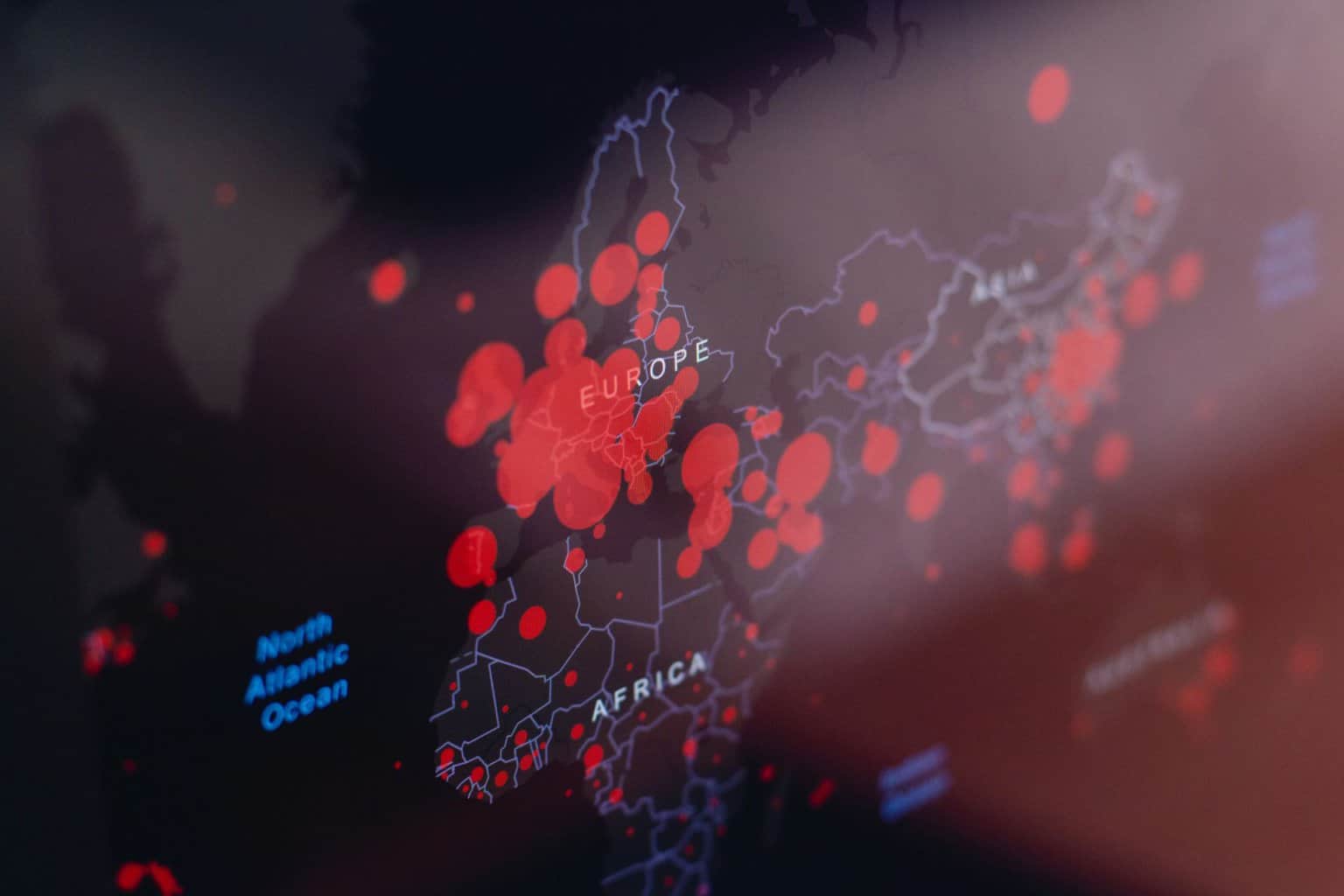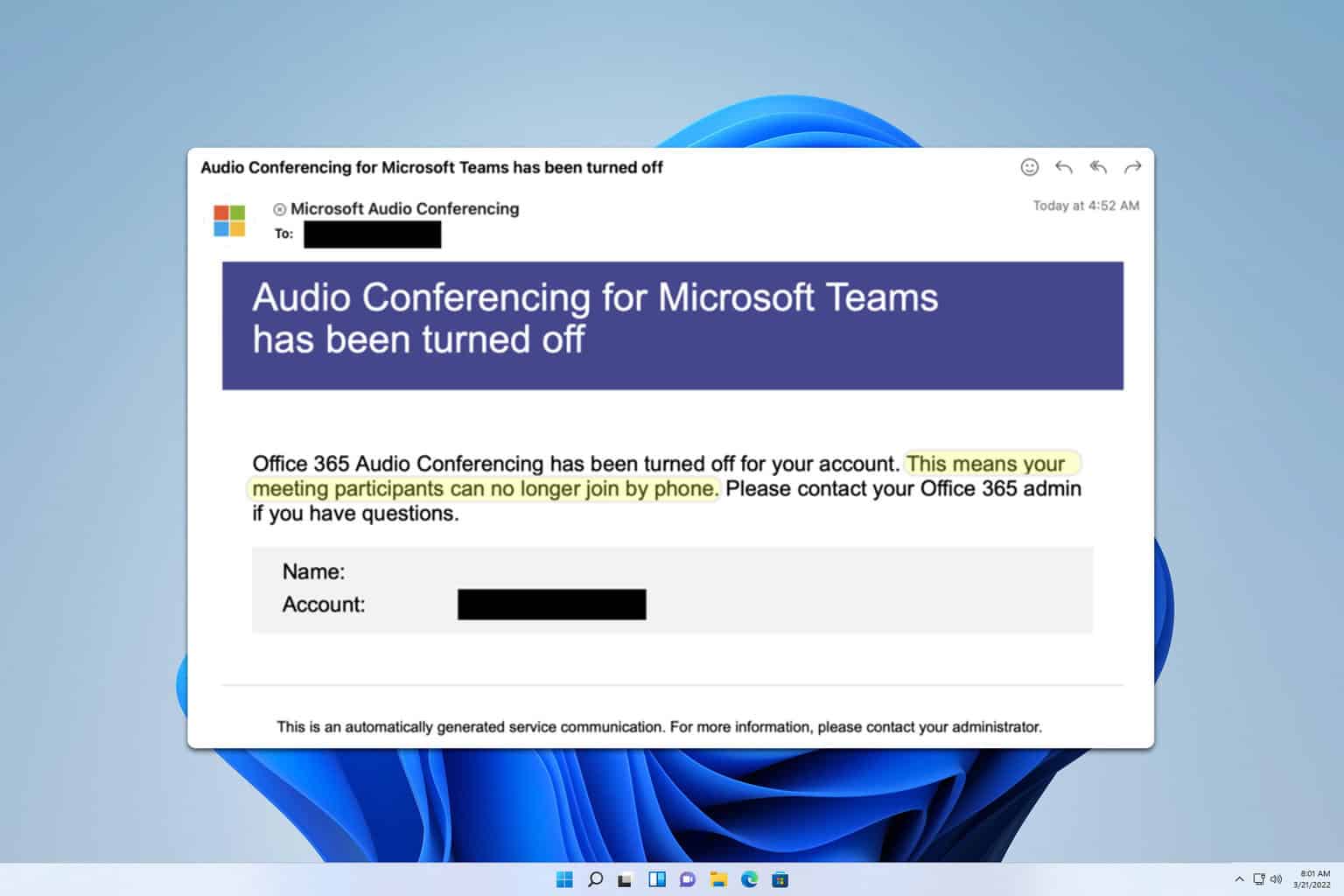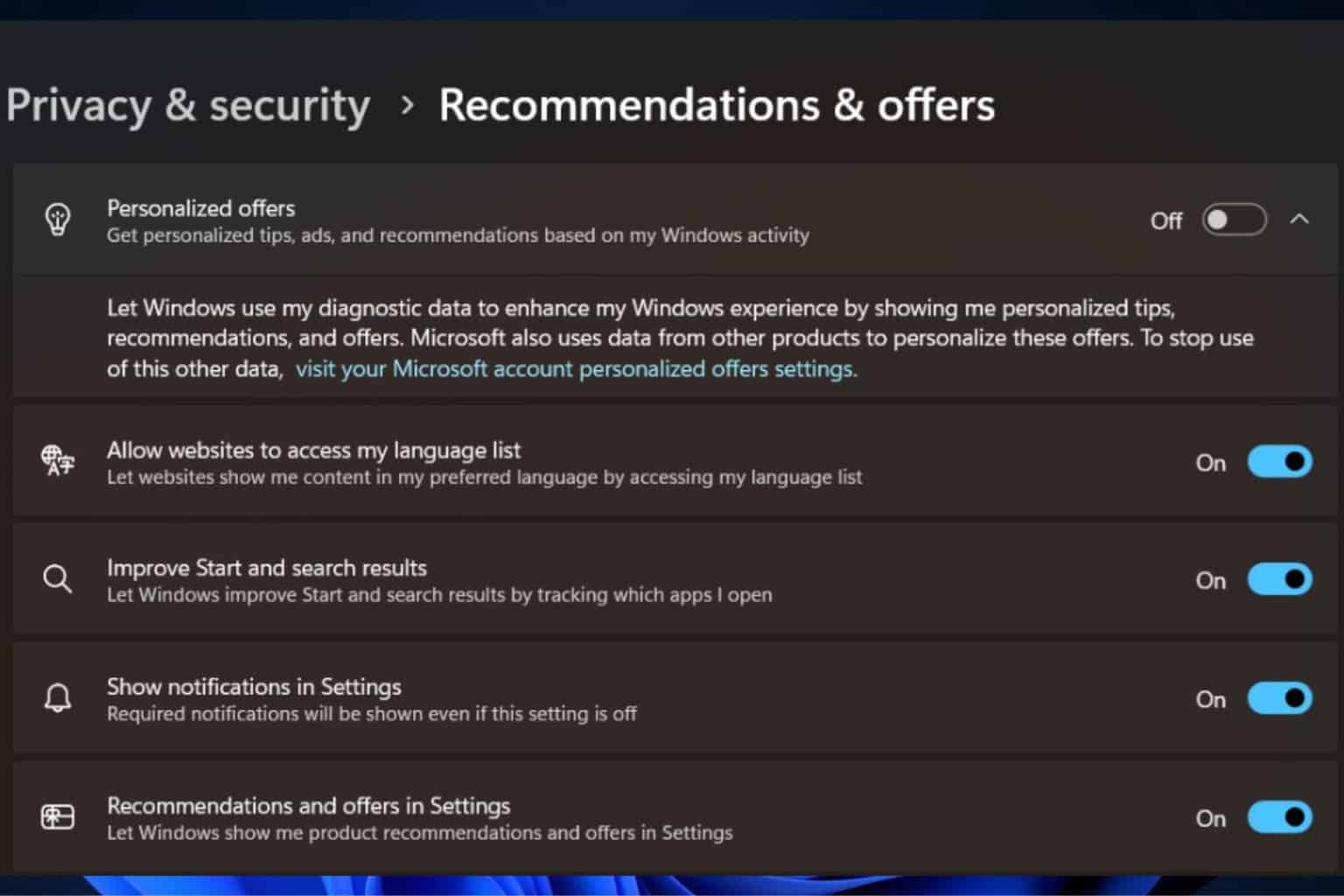Spatial Annotations in Teams seems like taken from a Sci-Fi movie
Spatial Annotations is available in preview for iOS users right now
2 min. read
Published on
Read our disclosure page to find out how can you help Windows Report sustain the editorial team Read more

Have you ever wondered how the future of remote work and collaboration looks? Well, it seems Microsoft has been pondering that too and has come up with something quite intriguing. Microsoft Teams is introducing Spatial Annotations, a feature that’s set to revolutionize mixed reality (MR) collaborations.
Imagine being able to collaborate with your colleagues remotely, using 3D annotations on physical objects through your mobile device. Sounds like something out of a sci-fi movie, right? But it’s becoming a reality, and here’s how it’s shaping up.
First off, this feature is currently in public preview for iOS users, with Android enthusiasts expected to join the fun later this summer. The idea is simple yet powerful. By using the front-facing camera of your mobile device during a Teams call, you can share your view with remote participants.
How do I use Spatial annotations in Microsoft Teams?

This allows for real-time collaboration with 3D annotations overlayed on physical objects, enhancing understanding and communication. No more app switching or losing context; everything you need for effective collaboration is right there in the Teams environment. And guess what? The annotations stay anchored to the environment even as you move around.
If you’re thinking about possible security issues, Microsoft has got that covered too. The Spatial Annotations feature comes with end-to-end encryption, data loss prevention, and compliance certifications. This means not only is collaborating easier, but it’s also secure.

If you’re eager to dive in, you’ll need a valid Dynamics 365 Field Service, Guides, or Remote Assist license to access the feature. And if you’re wondering about the broader implications, integrating MR functionalities into mobile apps signifies Microsoft’s commitment to making these advanced tools more accessible. It’s a big step towards democratizing mixed reality, making it available to frontline workers across various industries.
We remind you that recently, Microsoft split Teams from their Microsoft 365 suite, so it’s available separately.
With Spatial Annotations in Microsoft Teams, it seems the future is not just near; it’s here. And it’s looking more interactive and immersive than ever. Tell us about your thoughts in the comments section below.

